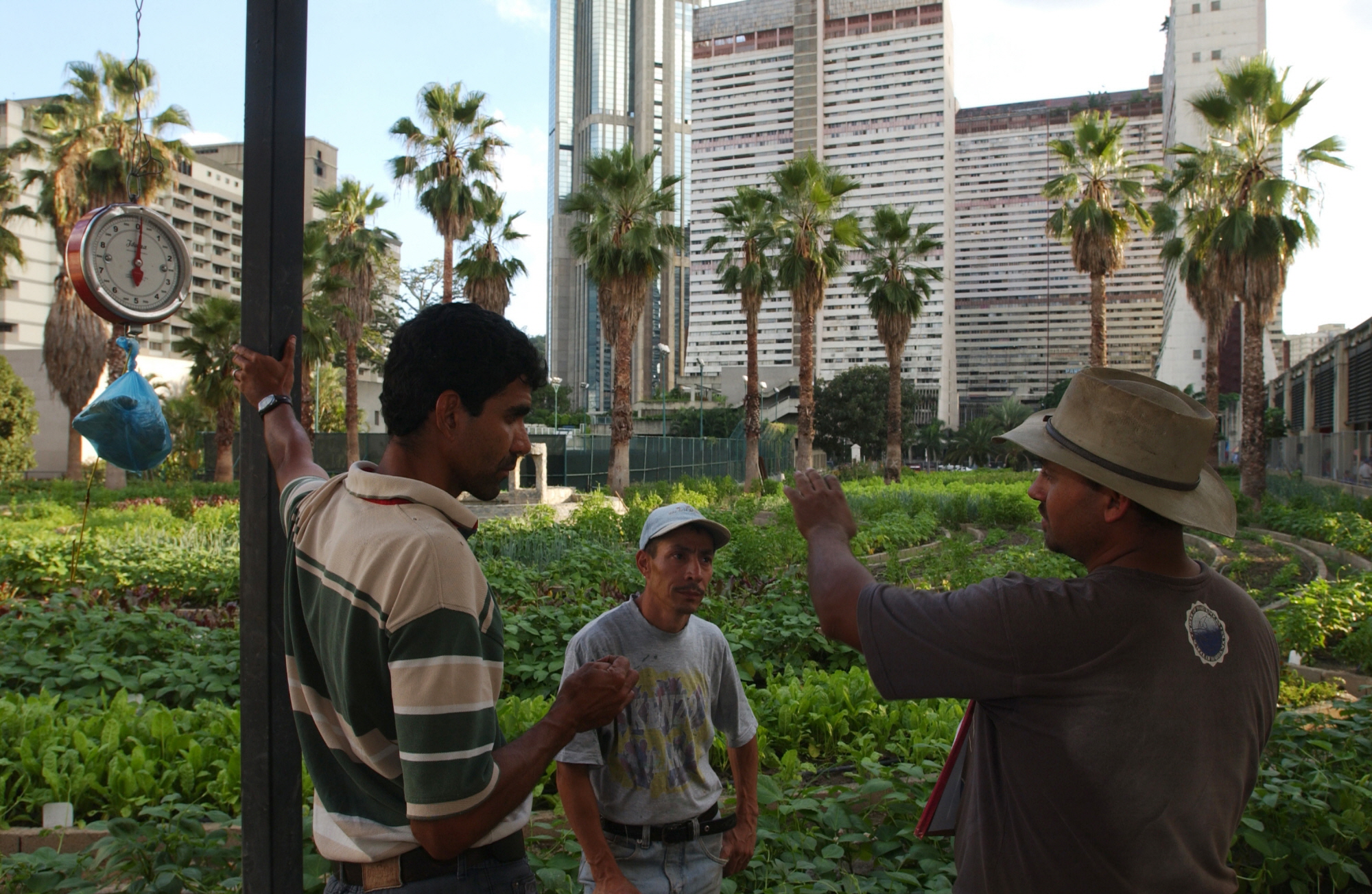EBRD and FAO look at how cities are changing farming

The Food and Agriculture Organization of the United Nations (FAO) together with the European Bank for Reconstruction and Development (EBRD) are launching a multifaceted global study on urban agriculture. The results will inform ERBD’s decisions in its countries of operation.
The study will identify promising areas for urban and peri-urban agriculture investment and policy-making – from rooftop farming to urban greening – highlighting technologies, emerging business models and their viability, opportunities and risks.
More than 500 market players and influencers have been already identified globally. These are from both the public and private sectors, including farming companies, technology providers, research centres, real estate investors, retailers and farmers’ associations.
Various approaches are being applied at the production level, with both vertical and horizontal farming models, and using hydroponics, aeroponics, aquaponics or soil-based modalities. In addition, some companies are investing in technologies, research and development in areas such as LED lighting, greenhouses, growing media, remote management apps, and robotics.
A growing number of municipalities and local governments are investing in community gardens to improve the quality of life for residents. These gardens may also potentially increase resilience to climate change by decreasing the heat island effect in cities and supporting the capacity of cities to manage rainfall drainage.
Initial findings from the study point to Europe and North America as leading the way in urban agriculture, particularly with new research and technologies. However, growth in these areas is also observed in Asia, East Europe, the Caucasus (such as Azerbaijan and Georgia), Middle East (Lebanon and Jordan) and Central Asian countries (Kazakhstan). The early phase of the research for the study indicates that the top technologies are those used in controlled environment farming, such as remote control systems, LED lighting and soilless mediums.
But what are the benefits and challenges of the ’agricities’ revolution? What new paradigms and dilemmas will this shift bring?
New farming frontiers
With more than 80 percent of food projected to be consumed in cities by 2050, the issue of how to feed expanding cities in a changing climate is an urgent one. Urban agriculture may have the potential to reduce food system vulnerabilities and food loss, while contributing to a reduction in the overall footprint of production and distribution. Yet, the debate continues as to whether urban agriculture can enhance food security in cities.
"Modern urban farming may represent the beginning of a long-lasting change in the agri-food business, although many questions are still to be answered," said Wafaa El Khoury, FAO Investment Centre Service Chief. “For all its promises, urban agriculture is an exciting yet complex phenomenon that we are addressing holistically and strategically.”
Increasingly it is the multiple economic, social and environmental benefits of urban farming that are of interest to municipal authorities, governments and the private sector.
“Modern urban agriculture can incubate businesses, generate new educational opportunities, expand markets and even increase land and property values,” said Natalia Zhukova, Director, Head of Agribusiness in the EBRD, one of the most active international financing institutions in the agribusiness sector. “Responsible, sustainable and innovative urban farms can revitalize agricultural investment potential and contribute to greening and reshaping our cities. We are poised to engage further in finance, technical cooperation and policy engagement in the sector.”
Less quantifiable, but no less tangible, are the social benefits of urban farms, enriching community integration and urban quality of life, alongside other benefits.
An opportunity for all or a new divide?
Sustainable urbanization is fundamental to our collective future, and urban agriculture has a role to play in making urban spaces more liveable and productive. The extent to which it can support the drive towards the Sustainable Development Goals (SDGs) – particularly SDG 12 (responsible consumption and production), SDG 13 (climate action) and SDG 2 (food security and sustainable agriculture) – is still a subject of research and debate.
Some urban farming approaches – such as vertical aeroponics, hydroponics and aquaponics – can lead to a scaled-down workforce and require advanced skill sets and significant investments. Strengthening people’s ability to use such technologies, including digital agriculture, along with more affordable options could lead to greater uptake of urban farming.
Recognizing the complexity and far-reaching implications of modern urban agriculture, the EBRD and FAO are launching a nine-part webinar series, in parallel with the study. The webinars will focus on key aspects of urban farming, including new agri-tech, research and development, investment options and sustainability issues.
Leading experts will guide discussions among key players in the emerging urban farming landscape. The series will pinpoint opportunities for private sector, state-level and municipal government investment in urban agriculture and highlight policy recommendations.
Reaching out to multi-disciplinary stakeholder governments, investors, food manufacturers, planners, engineers and communities, the webinars will open up debates and shine a light on the potential pathways towards sustainably urbanizing food production.
